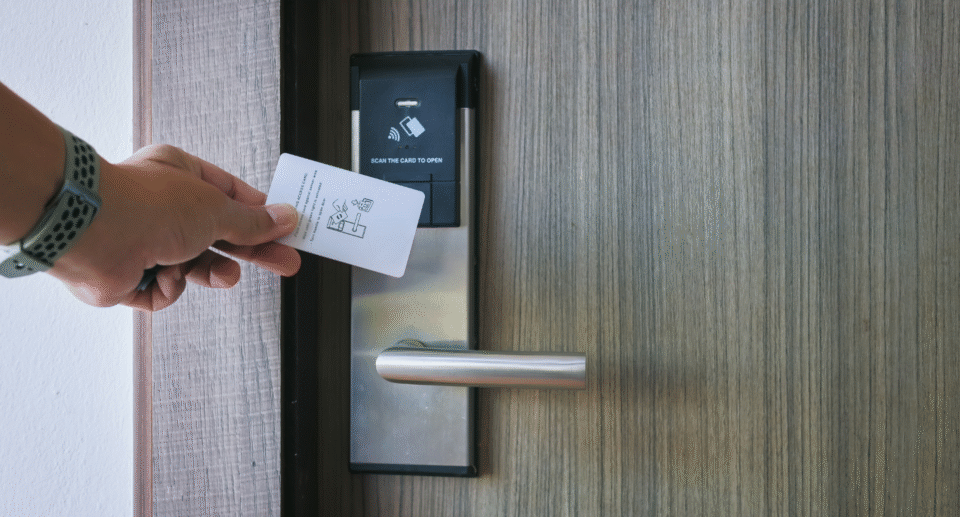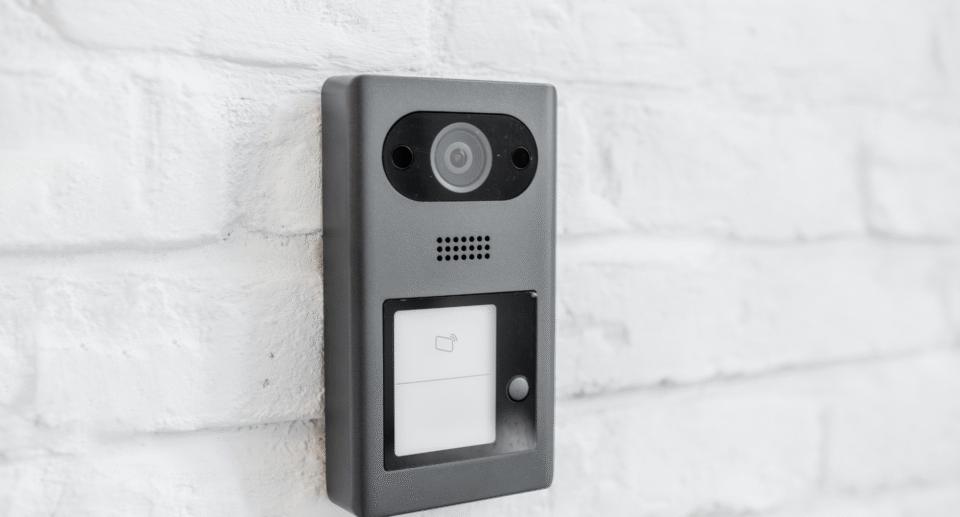Do Home Security Cameras Use a Lot of Electricity?
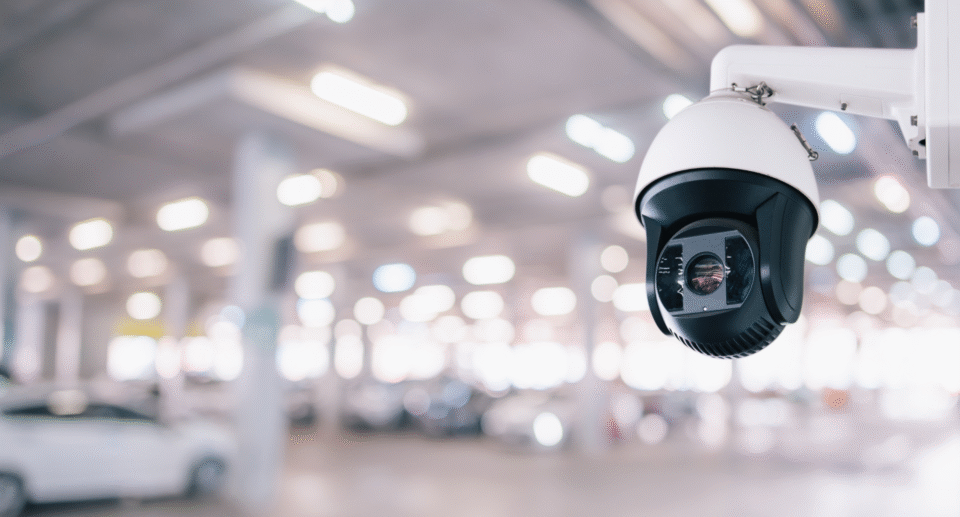
Home security cameras have become a staple of modern home protection systems. From deterring criminals to monitoring deliveries, these devices offer homeowners peace of mind. But as more people install multiple cameras in and around their homes, a common concern arises: Do home security cameras use a lot of electricity? The answer isn’t just a simple yes or no. It depends on several factors including the type of camera, how often it’s used, and how it’s powered.
In this article, we’ll take a deep dive into the electricity consumption of home security cameras, compare different types of setups, and offer tips for keeping your energy bills low while staying secure.
Understanding Electricity Usage
To understand how much electricity a security camera uses, we need to look at wattage, which measures the power consumption of a device. The formula to calculate electricity usage is:
Watts × Hours Used per Day ÷ 1000 = Kilowatt-hours (kWh) per Day
Most utility companies charge per kilowatt-hour, and the average rate in the U.S. is around $0.13 per kWh (as of 2024). With this in mind, let’s examine how different types of cameras consume power.
Wired vs. Wireless Cameras: Which Uses More Electricity?
1. Wired Security Cameras
Wired security cameras are typically connected directly to a central power source or DVR (digital video recorder). These systems are generally more power-hungry than wireless alternatives because they:
- Constantly record video 24/7
- Include additional components like DVRs or NVRs
- Often support multiple cameras connected to a central hub
A standard wired camera uses about 4 to 15 watts. A DVR system may use another 30 to 50 watts, depending on the model and number of channels.
Example:
Let’s say you have a wired setup with 4 cameras using 10 watts each and a DVR that uses 40 watts:
(4 × 10W + 40W) = 80W total
80W × 24 hours = 1.92 kWh/day
1.92 × $0.13 = $0.25 per day, or about $7.50 per month
While that may seem negligible, multiply it over a year, and it totals $90 or more annually.
2. Wireless Security Cameras
Wireless security cameras are more energy-efficient, especially models that use motion detection and only record when triggered. Many of these use 2 to 5 watts when active and much less when in standby mode.
Battery-powered wireless cameras (like Arlo or Ring) typically operate on low power and go into a low-energy state when not recording. Solar-powered wireless options are also available, reducing grid power dependency altogether.
Example:
A single wireless camera using 3W for 6 hours a day:
3W × 6 hours = 18 Wh/day = 0.018 kWh/day
0.018 × $0.13 = $0.0023/day, or about $0.07/month
Even a network of 5 such cameras might cost you less than $1 per month.
Factors That Influence Power Consumption
1. Video Resolution and Frame Rate
Higher resolution means more data to process and store. A camera recording at 4K will use more power than one recording at 1080p or 720p. Similarly, higher frame rates (e.g., 60fps vs. 30fps) increase power usage.
2. Night Vision and Infrared LEDs
Cameras with night vision use infrared LEDs to light up dark areas. These LEDs consume extra power, especially if the camera switches to night mode frequently or is placed in a constantly dark environment.
3. Continuous Recording vs. Motion Activation
Continuous 24/7 recording uses more energy and storage than motion-activated systems. If you’re looking to save power, opt for a camera that only turns on when motion is detected.
4. Wi-Fi and Cloud Syncing
Wireless cameras rely on Wi-Fi to send video to cloud storage or your mobile device. The constant use of Wi-Fi modules can draw extra power, especially during video uploads.
Comparing Common Brands
Here’s a rough estimate of power usage for popular home security camera brands:
| Brand | Model | Power Consumption | Power Source |
| Ring | Stick Up Cam | ~2–4W | Battery/Solar |
| Arlo | Pro 4 | ~2–5W | Battery/Solar |
| Nest | Cam (Wired) | ~7–10W | Wired |
| Wyze | Cam v3 | ~4–5W | USB (Wired) |
| Reolink | PoE Cameras | ~8–12W per camera | Power-over-Ethernet |
Note: Actual usage varies depending on settings, usage, and ambient lighting.
Hidden Electricity Costs
While the cameras themselves may not use a lot of power, additional equipment adds to the overall energy footprint:
- DVRs/NVRs: Can use between 30 to 100 watts depending on the size and number of drives
- Routers/Modems: Necessary for Wi-Fi cameras; routers use about 6–10 watts continuously
- Monitors or Screens: If you leave a display on to monitor feeds, this can use 20–60 watts
These devices are usually on 24/7, so their cumulative electricity cost is more significant than that of the cameras alone.
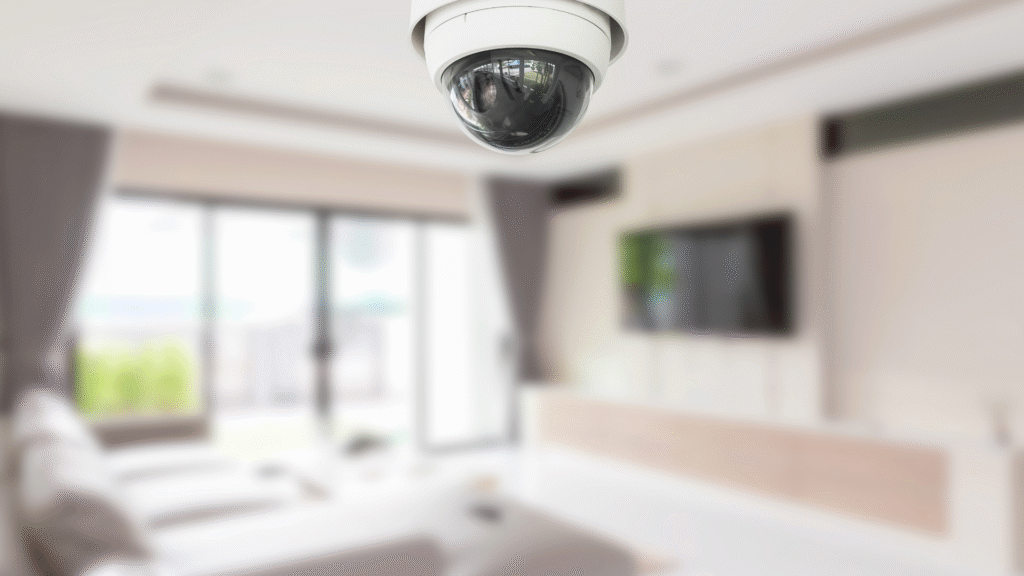
How to Reduce Electricity Usage
1. Choose Smart Cameras
Invest in smart home security cameras with energy-efficient features such as:
- Motion-triggered recording – The camera only turns on when movement is detected, reducing unnecessary power use.
- Sleep mode when idle – Allows the device to enter a low-power state when there’s no activity, saving electricity between events.
- Scheduled activation times – Lets you set specific hours for the camera to operate, so it’s not running 24/7 without need.
- Efficient energy management – Smart functions make your security system more energy-conscious without compromising safety.
2. Use Solar Power
Solar-powered security cameras are an excellent solution for reducing or even eliminating electricity costs. Brands like Ring, Arlo, and Reolink offer solar panel accessories that keep their battery-powered cameras charged using sunlight. This option is especially beneficial for outdoor setups where access to wired power may be limited. With solar energy, your cameras can run indefinitely without drawing from your home’s electrical system, making your security setup both eco-friendly and cost-effective.
3. Reduce Video Quality
High-resolution video consumes more electricity because it requires more processing power and storage. By adjusting your camera’s settings to record in a lower resolution—such as 1080p instead of 4K—you can significantly cut down on energy usage without sacrificing too much clarity. Reducing the frame rate also helps conserve power. For most home security purposes, standard HD video provides enough detail while using less bandwidth and power, contributing to long-term energy savings.
4. Disable Unnecessary Features
Many modern security cameras come with advanced features like two-way audio, real-time alerts, and continuous cloud backups. While useful, these extras can increase power consumption if left running all the time. To reduce electricity usage, turn off features you don’t regularly use. For example, if you don’t need to speak through your camera or receive instant alerts, disabling these functions can help your system operate more efficiently and extend battery or device life.
Real-World Cost Scenarios
Example 1: Small Apartment Setup
- 2 wireless Ring cameras (3W each, 6 hrs/day recording)
- No DVR
- Total: 6W × 6 hrs = 36 Wh/day = 0.036 kWh/day
- Monthly cost: 0.036 × 30 × $0.13 = $0.14
Example 2: Large Home Surveillance
- 6 wired 1080p cameras (10W each)
- 1 DVR (40W)
- Total: (6×10 + 40) = 100W × 24 hrs = 2.4 kWh/day
- Monthly cost: 2.4 × 30 × $0.13 = $9.36
Clearly, a larger wired setup increases your electricity bill noticeably compared to a smaller wireless setup.
Are Security Cameras Worth the Electricity?
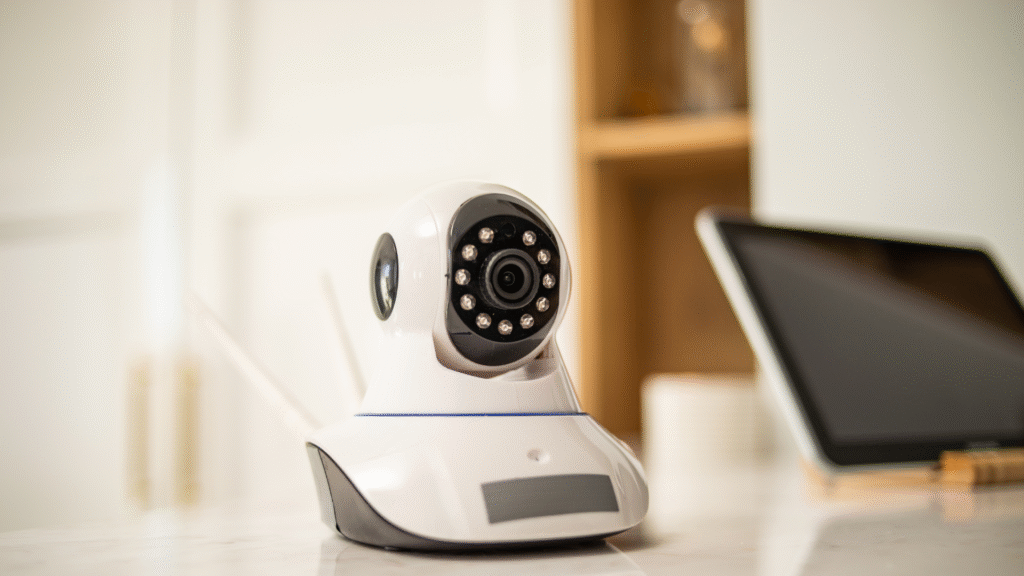
While even the most power-intensive setups will cost under $10/month, that investment pays off through:
- Increased home security
- Remote access and monitoring
- Potential insurance discounts
- Evidence in case of disputes or crimes
Most users agree that the small increase in their electric bill is a fair trade for peace of mind and deterrence against crime.
Final Thoughts
So, do home security cameras use a lot of electricity? Not really—especially when compared to other household appliances. Most systems, particularly wireless ones, use minimal power. Even larger wired setups consume relatively little compared to HVAC systems, refrigerators, or electric ovens.
The key is to assess your needs. A few wireless cameras powered by solar energy might be all you need. If you’re setting up a comprehensive system, look for ways to optimize efficiency—motion detection, scheduled recording, and lower video quality are all effective.
Ultimately, when used wisely, home security cameras deliver high value at a low energy cost.





